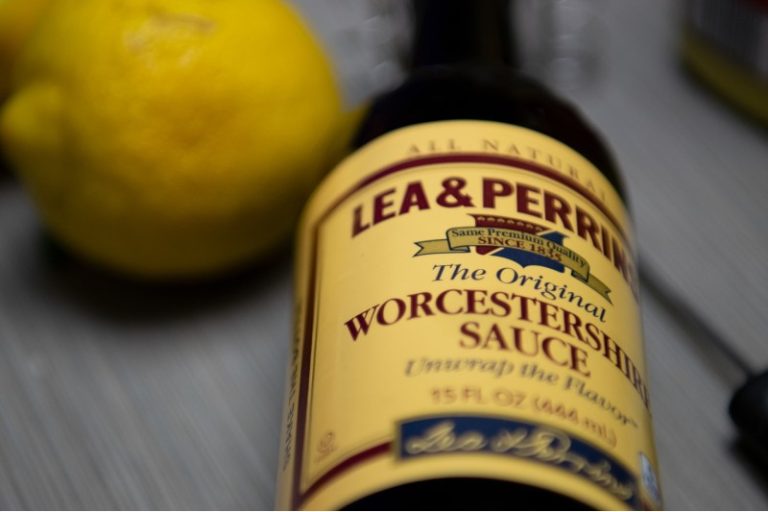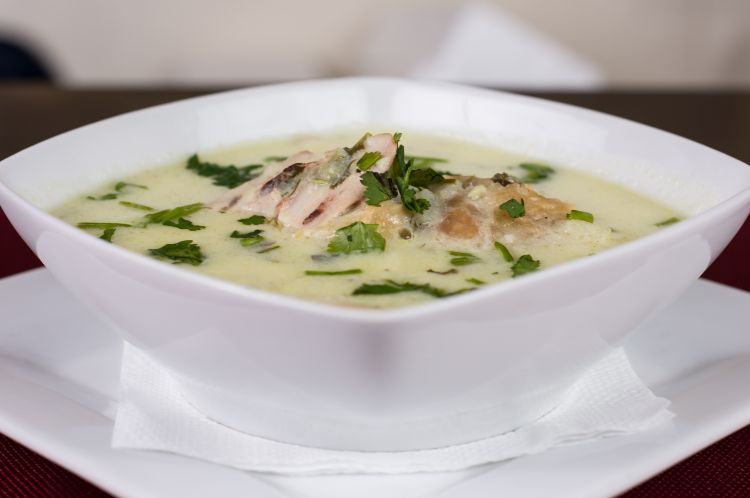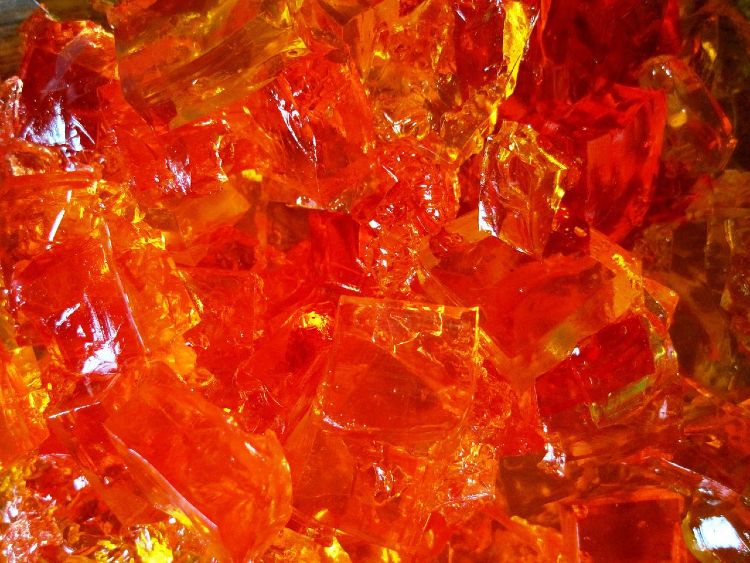A Pasta Class with Katie Caldesi
Another birthday and another cookery school voucher for me! Having looked into many courses, I was drawn this time to ‘Pasta with Katie’, run by Katie Caldesi in her own home, which happened to fall on the day itself.
British-born Katie developed a love of cooking from an early age, having been taught how to cook by her mother. In 1997, she met Tuscan restaurant owner Giancarlo Caldesi and her life took on an even greater culinary focus. Together they pursued their passion for food and went on to open two Italian restaurants, one in Marylebone, London and one in Bray, in Berkshire, write cookery books, travel extensively around Italy and open a cookery school (or two!)
Katie’s most recent independent project has been researching and writing her latest book ‘The Italian Cookery Course’ which gave her the opportunity of further travelling around Italy, being taught first-hand by real ‘Italian Mammas’ in their homes. As well as teaching cookery classes at La Cucina Caldesi in Marylebone alongside Giancarlo and a host of other guest chefs, Katie now focuses on teaching small groups at her home in Buckinghamshire.
The pasta class started at 9.30 in the morning and, as the seven students arrived, we were warmly greeted by Katie at the door. The course was held in Katie’s bright, open-plan kitchen, overlooking the garden, complete with potted bay trees and family chickens. From the outset, Katie had a natural and warm teaching style and was keen to share all her tips and the secrets of good Italian cooking.
Although we were all quite keen to make pasta, we spent the majority of the morning focusing on the basics of Italian cookery and its flavours. Italian soups, stews and sauces will often begin with a ‘soffritto’ which is celery, onion and carrot softly cooked with olive oil and sometimes with garlic. Katie also shared her favourite ‘Ragú alla Bolognese’ with chopped chicken livers, bacon and red wine and finished with milk. Although there are many variations on a traditional Bolognese sauce, Katie discovered this particular one on a trip to Bologna, having sampled some ten different variations in total. Next, we made a classic tomato sauce, ‘La Passata di Pomodoro’, which is as much a part of the Italian kitchen as a good stock. The two huge pans were left to simmer away gently for a few hours as we got on with the rest of our tasks.
As the aromas of Italian holidays filled the room, one student began reminiscing about a wonderful dish she had eaten with pasta and crab, prompting Katie to have a rummage through her freezer to see what she could find to replicate the long-forgotten dish. She didn’t find any crab, but she did find some sea bream fillets and a deep-coloured stock that had previously been made with prawn heads. The stock was reduced down into a sauce which was later paired with our hand-cut tagliatelli. The sea bream inspired Katie to veer slightly off course to show us how to make ‘Tortelloni stuffed with sea bass, with lemon and a fresh tomato sauce’, a favourite recipe from her cookbook. We also made an easy béchamel sauce to bind the filling, as well as a traditional sage, butter and toasted pine nut dressing to go with our ravioli, and a deliciously thick yet light sauce with lemon, cream and basil, ideal for tagliatelle.
We were now well and truly ready to begin making our pasta. We were each given a bowl with 200g of ’00’ Italian flour and two corn-fed chicken eggs. The eggs and flour were brought together with a knife and then by hand, kneading the dough for around ten minutes until it was smooth and sprang back when prodded. It was left to rest for around 20 minutes, wrapped in cling film. As we waited for the pasta, we made our spinach and ricotta filling for both ravioli and filled cannelloni, and the sea bass filling for the tortellini.
After resting the pasta, we kneaded the dough once more and then rolled it out slightly before being shown how to pass it through the pasta machine. Katie told us that the pasta should be thin enough to see through it. We then made our filled pasta, as well as tagliatelle and sheets of pasta for a rustic-style meat lasagne layered with our ragú and béchamel sauce flavoured with bay, onions and nutmeg. Katie also showed us how to make ‘cannelloni’ with the remaining spinach and ricotta filling and tomato passata as well as a vegetable lasagne. By now, we were all fully ‘hands on’, very keen to take part in all of the cooking and preparation of our dishes – and hungry too!
After a long morning of very hard work, all that was left to do by 2pm was to gather round the table, pour a glass or two of wine and share our Italian feast. We were even lucky enough to be able to open the doors out onto the garden and eat ‘al fresco’ in March. Not quite a ‘Return to Tuscany’ but we certainly did our best to enjoy the food and company in true Italian style. We all amazed by our newly found skills and enjoyed the pasta, finishing off with a simple Italian dessert of fresh figs baked with orange zest, orange juice, brown sugar and a drizzle of honey served with an Amaretto cream.
The course at ‘Katie’s Kitchen’ was fun; we ate well and took home with us a collection of recipes as well as lots of new skills. There is plenty on offer there including ‘Italian Family Cooking’, ‘Hidden Italy’, ‘Entertaining All’Italiana’ and ‘Healthy Eating the Italian Way’. Most classes are priced at £125, which includes lunch or dinner and occasionally, there is a chance to forage and take trips to visit local producers.
‘Pasta with Katie’ would be perfect for anyone who has a pasta machine but doesn’t know how to use it, or, who simply enjoys making good, homemade pasta. I can also attest that a voucher makes a great birthday gift! I’m not likely to morph into an ‘Italian Mamma’ anytime soon, making fresh pasta every morning, but we were all enthused to go away and try it at home. Pasta making is a beautifully traditional and artisanal skill and it was very enjoyable to have been shown how to make it in such a relaxed environment as Katie’s kitchen.
For more information visit www.caldesi.com
To visit Ren’s website: www.renbehan.com



